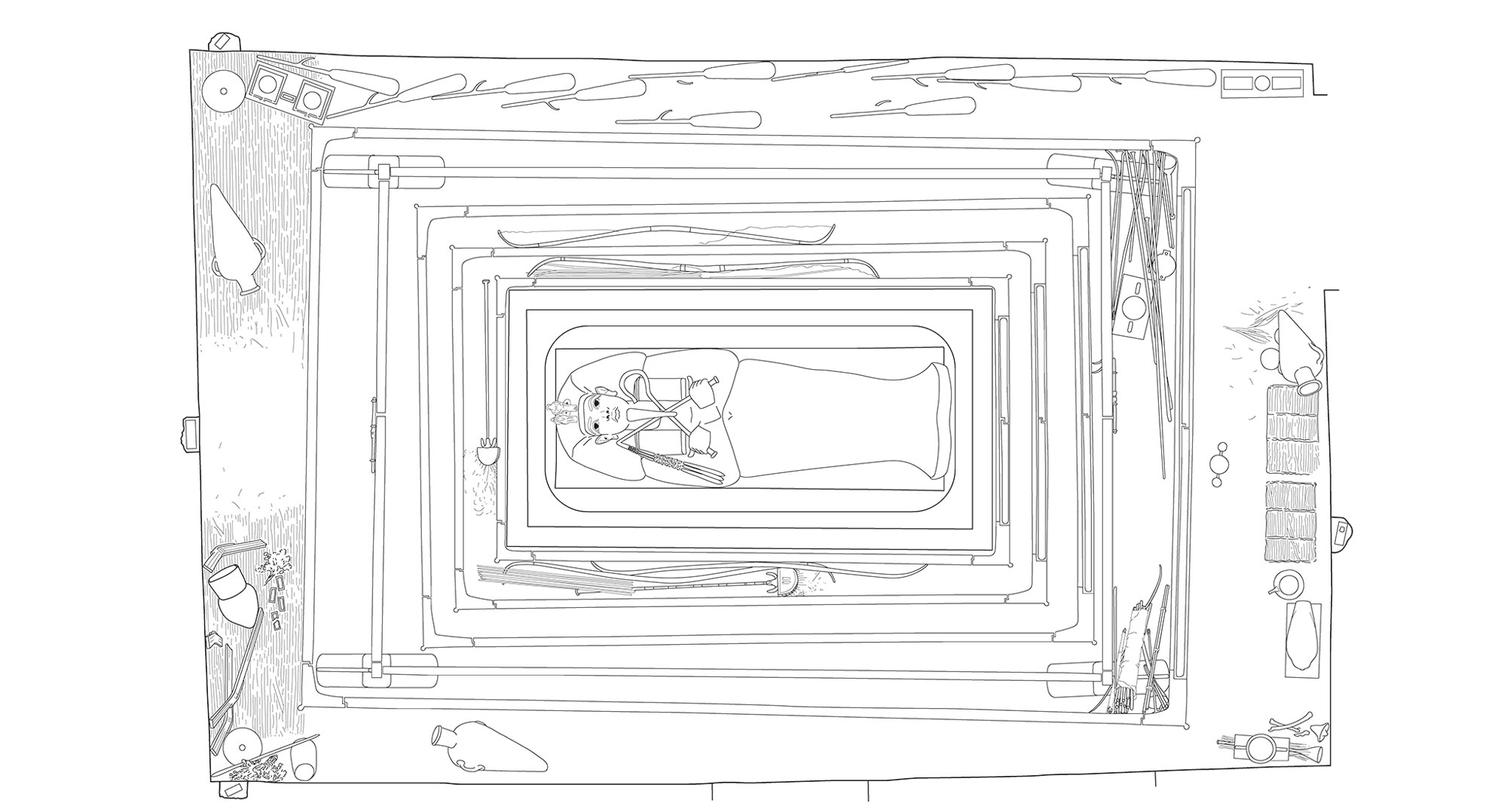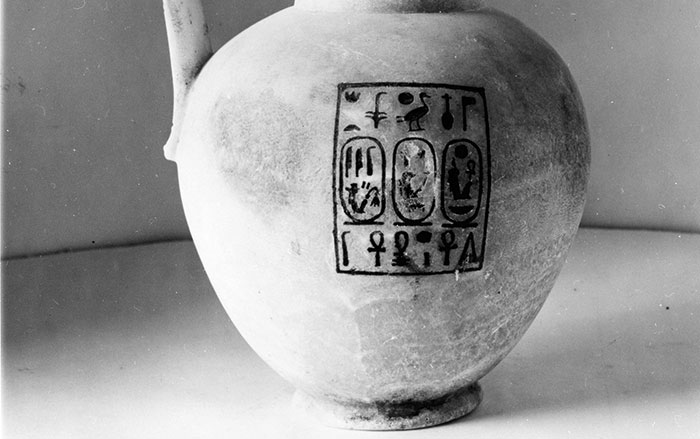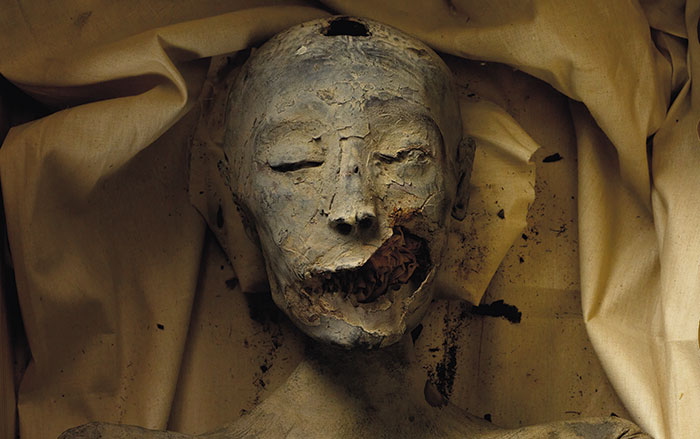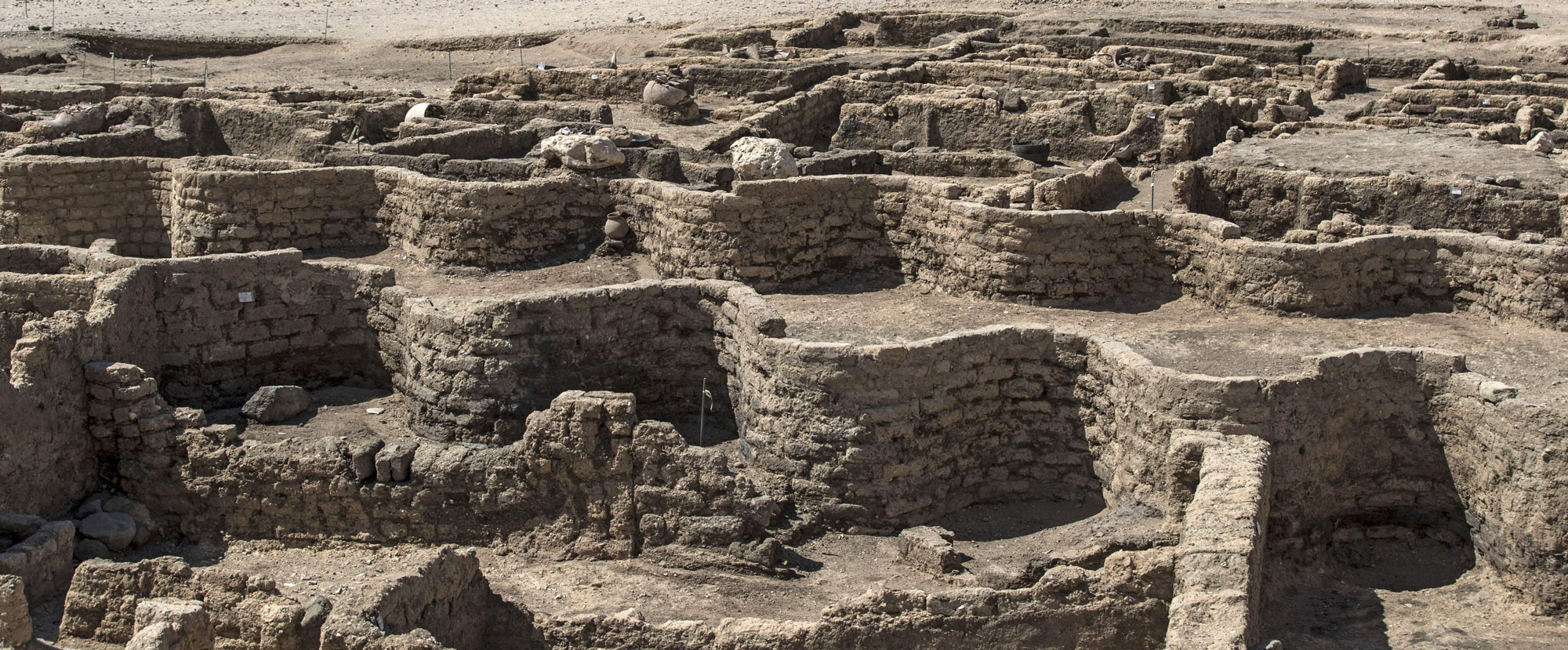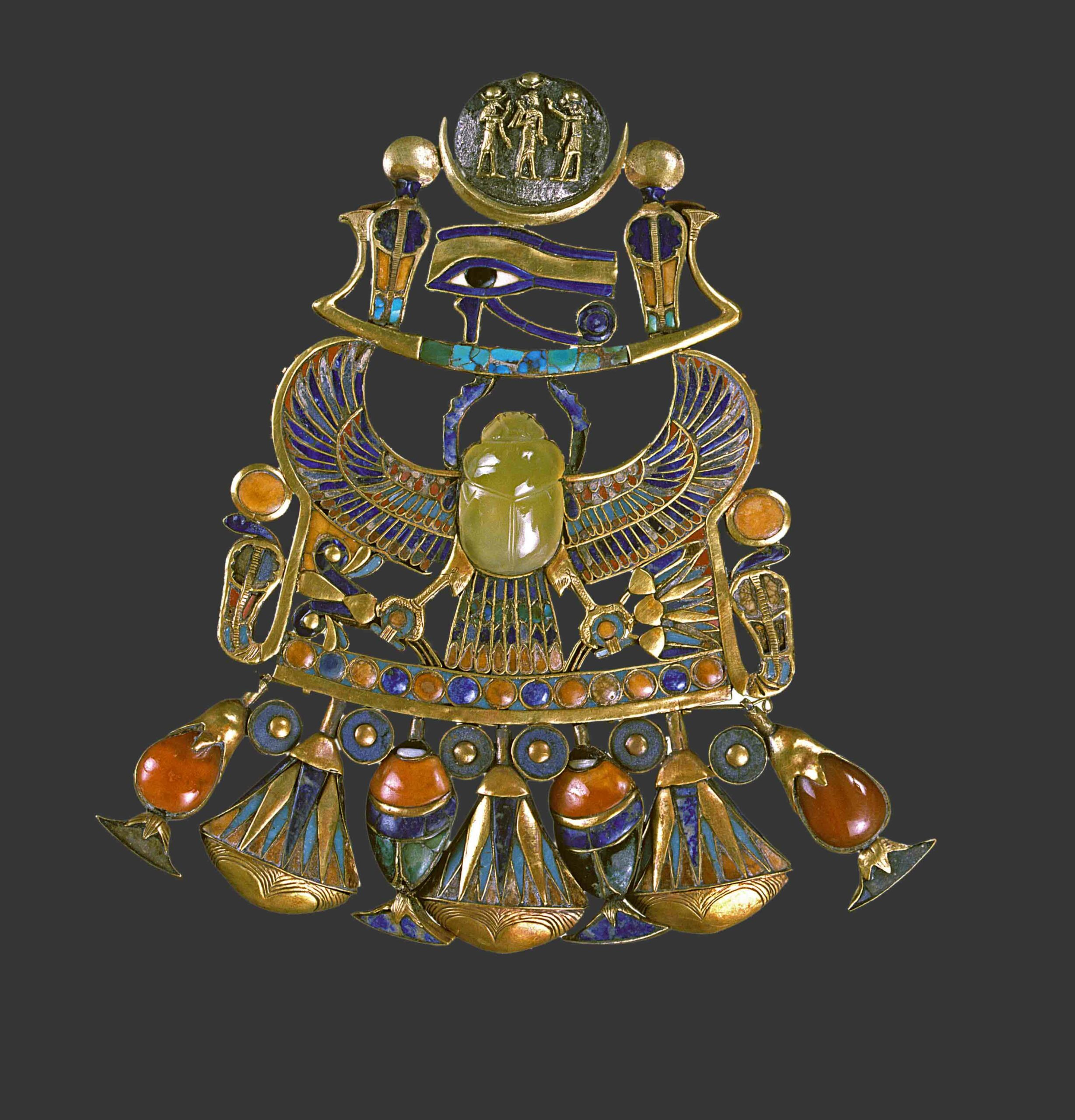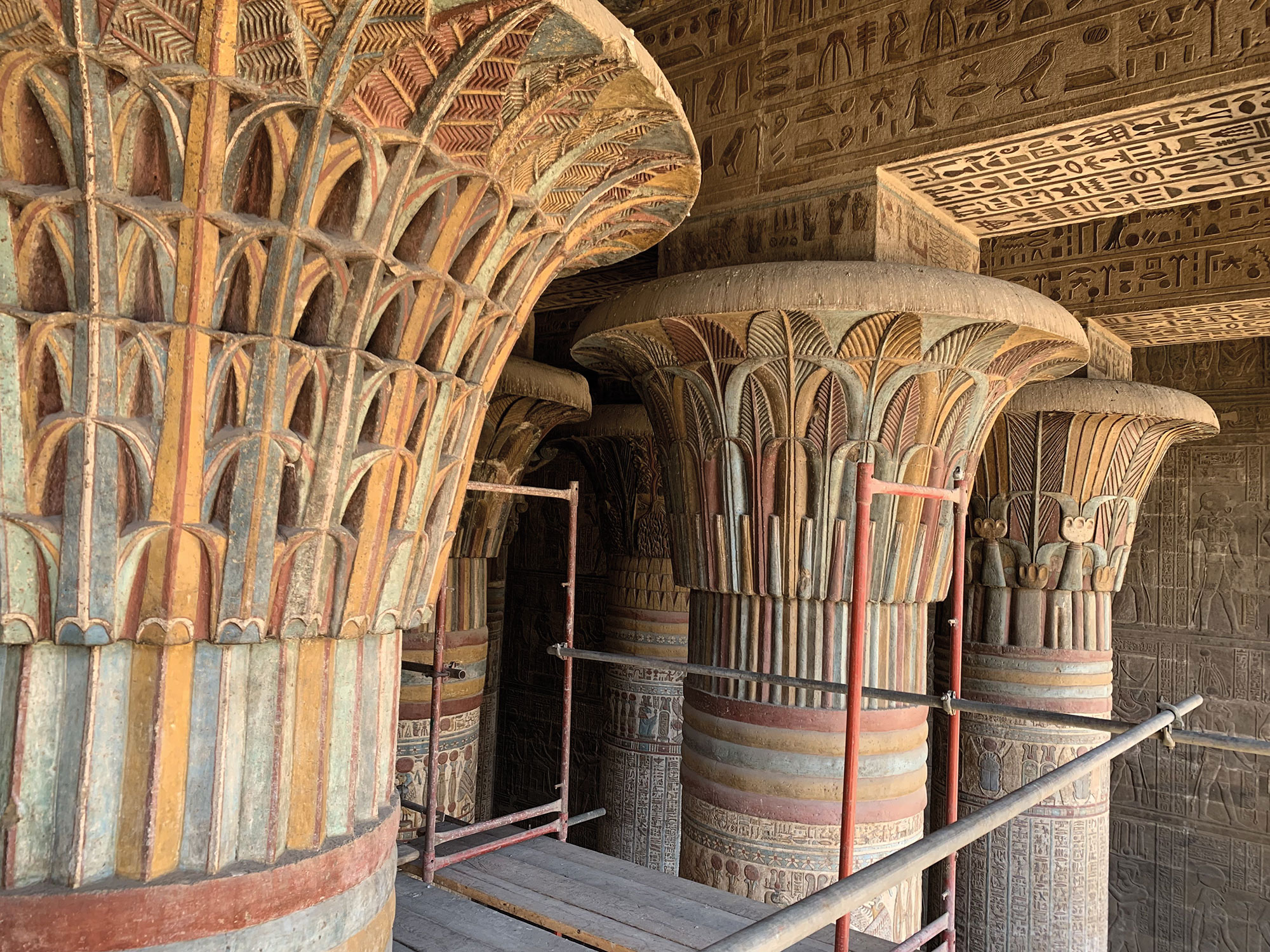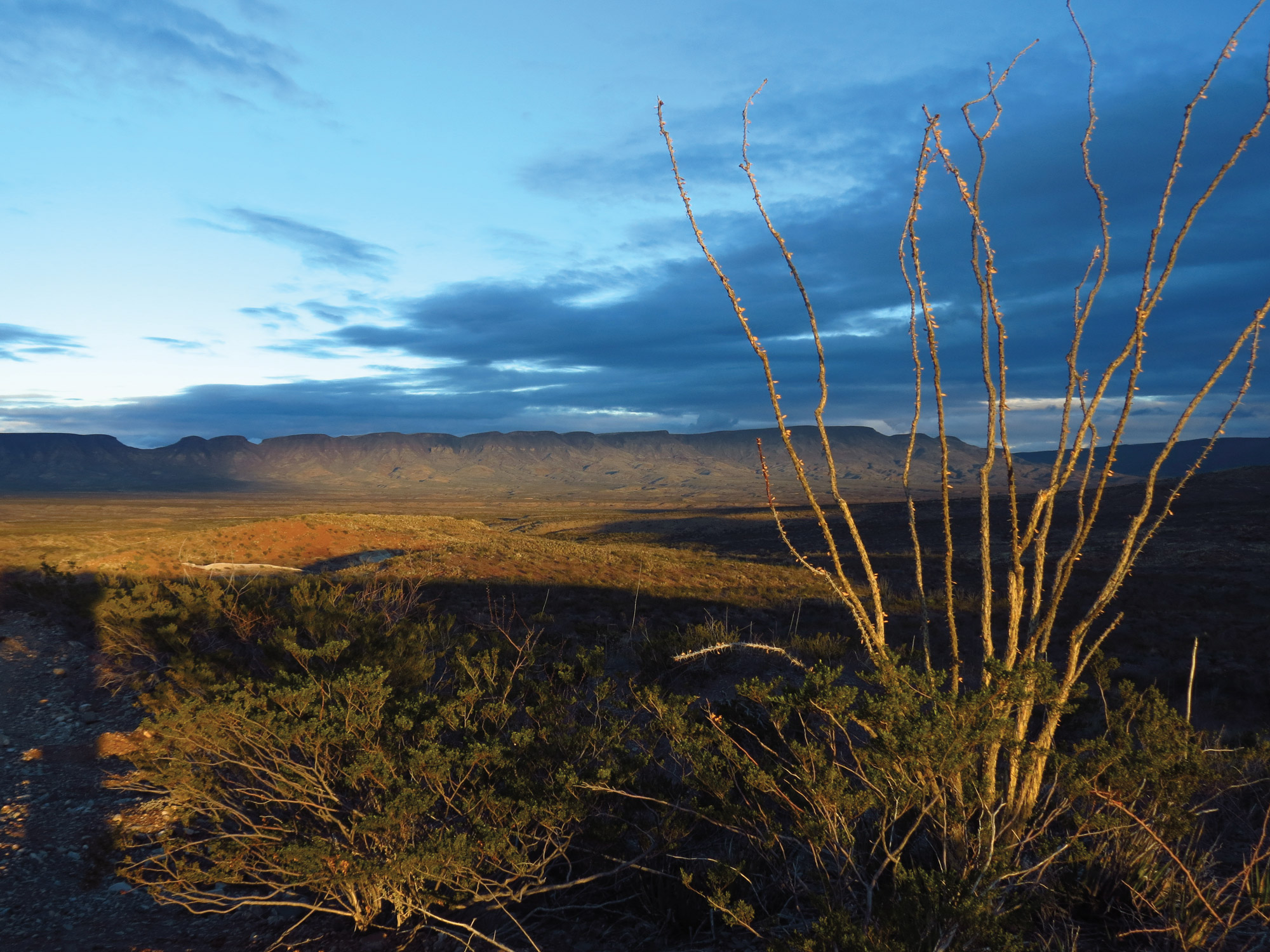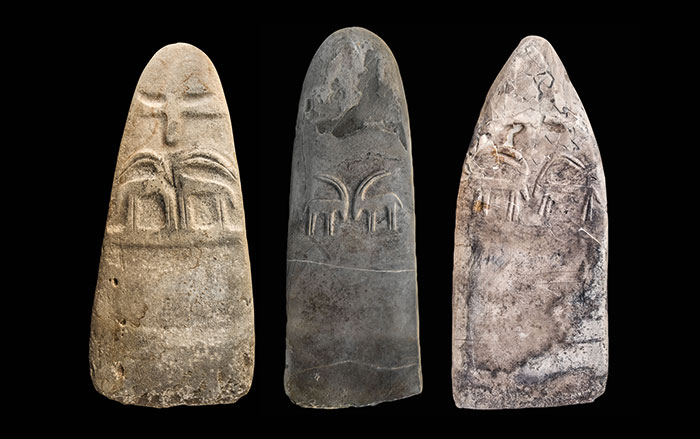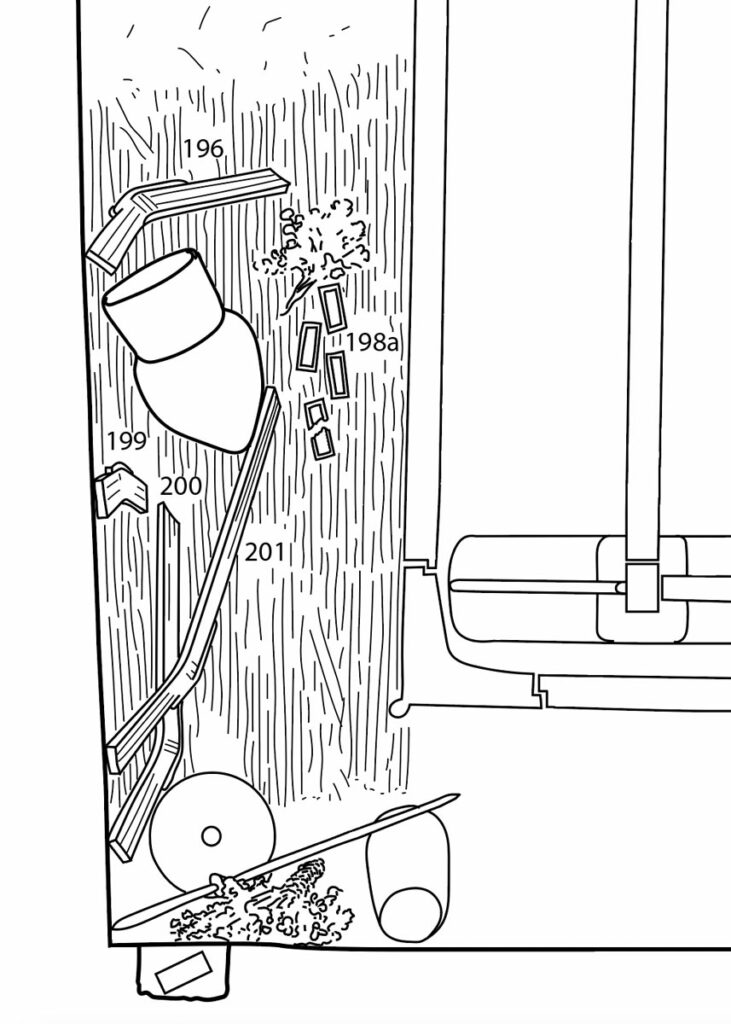
VALLEY OF THE KINGS, EGYPT—More than a century ago, British archaeologist Howard Carter opened the tomb of King Tutankhamun, which remains one of the most pivotal moments in the history of archaeology. Egyptologists have since methodically studied the more than 5,000 objects buried with the young pharaoh. However, scholars are still learning new things, according to the Greek Reporter. Recent research suggests that a few of the more pedestrian objects, which have previously been overlooked, may have actually played a key role in Tutankhamun’s burial ritual. Yale University’s Nicholas Brown now posits that simple clay trays and wooden staffs found near Tut’s sarcophagus may have been used in a funerary ritual associated with Osiris, the Egyptian god of the afterlife. The trays may have held liquid offerings to the god, while the staffs may represent the symbolic “awakening” of the pharaoh, echoing Egyptian myths where Osiris is summoned awake by staffs held by his head. Depictions of this ceremony are only known from artwork from the 19th Dynasty (ca. 1295–1186 b.c.), decades after Tutankhamun's death. But if Brown's new hypothesis is true, it actually originated earlier than that. “I’m pretty convinced that what we’re seeing within Tutankhamun's burial chamber is probably the earliest iteration of this ritual that we can see in the archaeological record,” Brown said. The focus on Osiris may have been a deliberate move by Tut and his advisors, who shifted back to more traditional religious views after the pharaoh’s father, Akhenaten, had centered Egyptian religion around the sun god Aten. For more, go to "Inside King Tut's Tomb."


